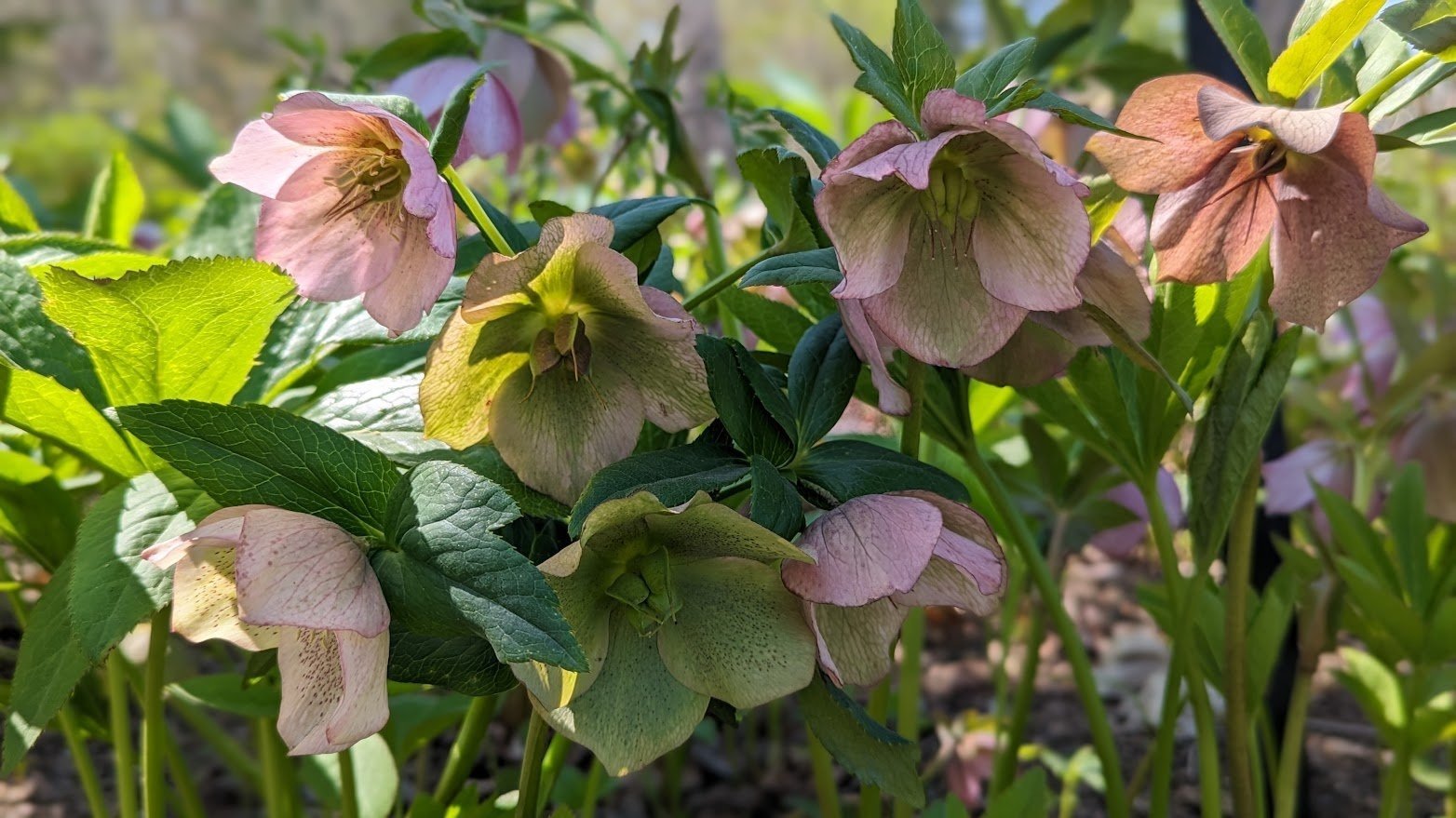A Touch of Whimsy
If you've ever wanted your garden to feel like illustrations from a romantic storybook, Ammi is your flower.
Ammi brings a soft, graceful texture to garden beds and bouquets with its lacy, delicate blooms and feathery foliage. It’s like nature’s lace—light, elegant, and full of charm.
At Vineyard Gardens, we’re proud to be part of Andrew Wiley’s Hardy Annual Project, and that means we’ve got strong, healthy Ammi plants just waiting to bring their magic to your garden. These were sown in December, a technique that allows their roots to develop deeply and ensures robust, resilient plants that bloom beautifully in the months ahead
******************************
Ammi Varieties
at Vineyard Gardens
✧ Ammi majus ‘Select White’: Pure white, delicate blooms that resemble Queen Anne’s Lace. They bring a lightness and airiness to garden beds and are breathtaking in wedding bouquets or wildflower-style arrangements.
✧ Ammi visnaga ‘Green Mist’: Soft green-tinted white blooms with a fuller, denser flower head. The perfect filler flower, Green Mist adds a gentle, misty quality to both borders and floral work. Known for its vigorous growth, it can spread easily in the right conditions—great for some gardens, but it might be a bit too assertive in more managed spaces.
******************************
Why Grow Ammi?
Ethereal beauty – Soft, lace-like blooms
Cut Flowers – A must-have for garden-style floral arrangements
Pollinator-friendly – Bees and butterflies adore them
Cold-hardy annuals – Early sowing leads to early blooming!
Ammi bridges the gap between structure and softness—perfect for cottage gardens, naturalistic plantings, and cutting gardens.
Larkspur QIS Dark Blue with Ammi Majus
******************************
How to Grow
Ammi in Your Garden
Now is the perfect time to plant our winter-sown Ammi —strong and rooted thanks to winter sowing.
Location: Full sun to part shade
Soil: Well-drained, average garden soil
Spacing: 9–12 inches apart to allow for their airy shape
Watering: Keep moist during establishment, then water during dry spells
Once established these low maintenance beauties will reward you with tall, graceful stems topped with dreamy blooms from late spring into summer.
******************************
Cut Flower Magic
Ammi’s doily lace form adds movement and softness to any bouquet.
Harvest when about 80% of the tiny flowers in the head have opened.
Cut early in the morning for longest vase life.
Strip lower leaves before placing in water.
Pair with peonies, snapdragons, cosmos, or roses for a garden-gathered look.
Digitalis purpurea, Antirrhinum Potomac Dark Pink with Ammi majus and Ammi visnaga ‘Green Mist’
******************************
What You
Can Do Now
Stop by our nursery to pick up Vineyard Gardens winter sown Ammi
Prep your garden beds for easy transplanting
Tag us in your bouquet and garden photos—we love seeing your Ammi in action!
Fill your garden with the soft lace of Ammi. You'll be amazed how much beauty can come from something so delicate.
******************************












































![IMG_2266[1].jpg](https://images.squarespace-cdn.com/content/v1/581a4aee8419c21ac8e2a58f/1742334192809-N6L6Z0V1HGCC1I80C1QQ/IMG_2266%5B1%5D.jpg)
![IMG_2396[1].jpg](https://images.squarespace-cdn.com/content/v1/581a4aee8419c21ac8e2a58f/1742334194857-L917R4UCGH64Q1UUF13N/IMG_2396%5B1%5D.jpg)
![IMG_2398[1].jpg](https://images.squarespace-cdn.com/content/v1/581a4aee8419c21ac8e2a58f/1742334195049-99D67KX34O847Q78LSPI/IMG_2398%5B1%5D.jpg)
![IMG_2467[1].jpg](https://images.squarespace-cdn.com/content/v1/581a4aee8419c21ac8e2a58f/1742334199218-2F6OTZQ9U8GVNDUBBN9G/IMG_2467%5B1%5D.jpg)
![IMG_2579[1].jpg](https://images.squarespace-cdn.com/content/v1/581a4aee8419c21ac8e2a58f/1742334202047-DQKOW530S58IXPGH5EK8/IMG_2579%5B1%5D.jpg)



















































































